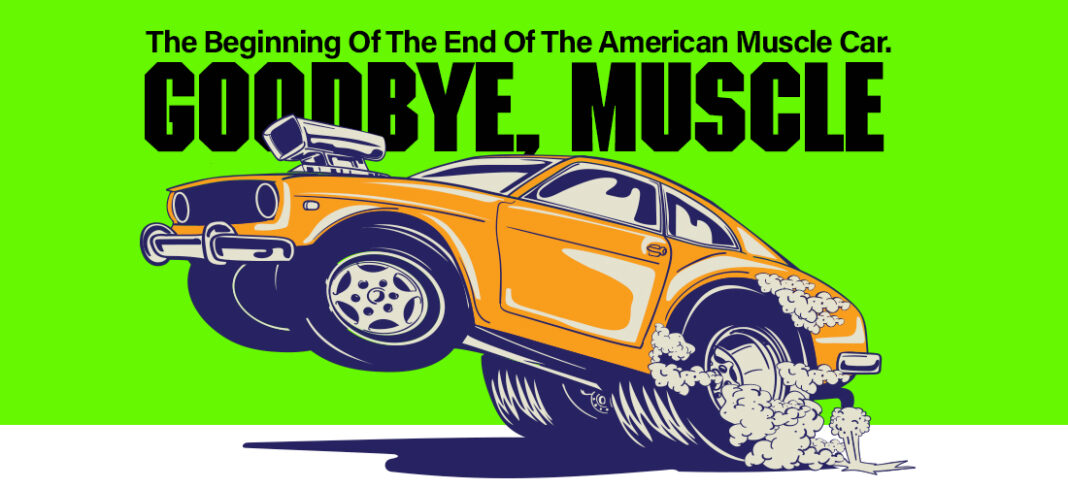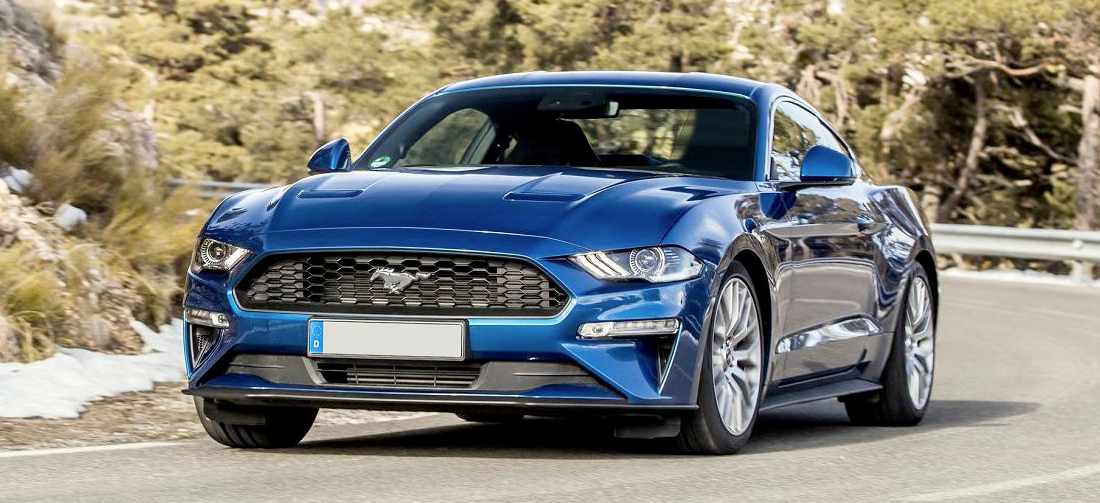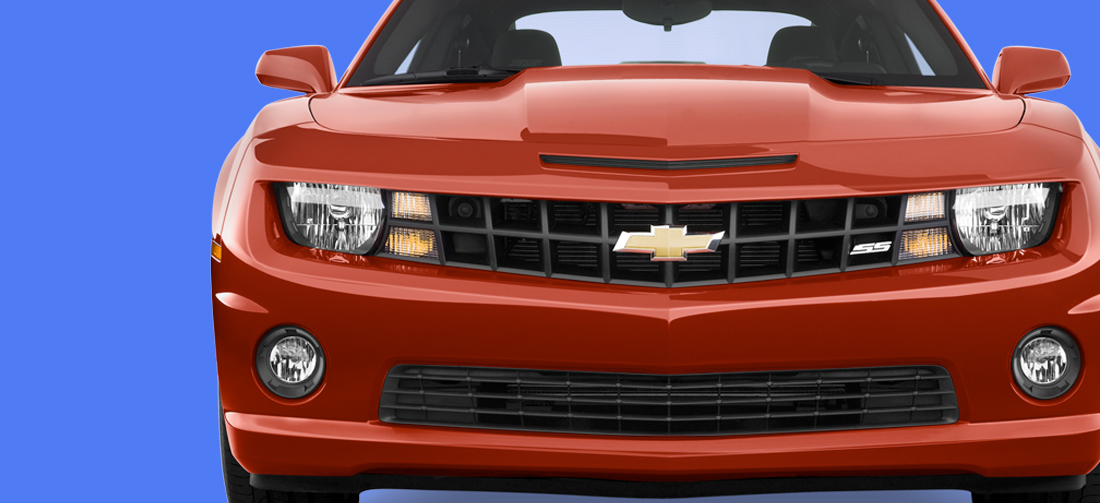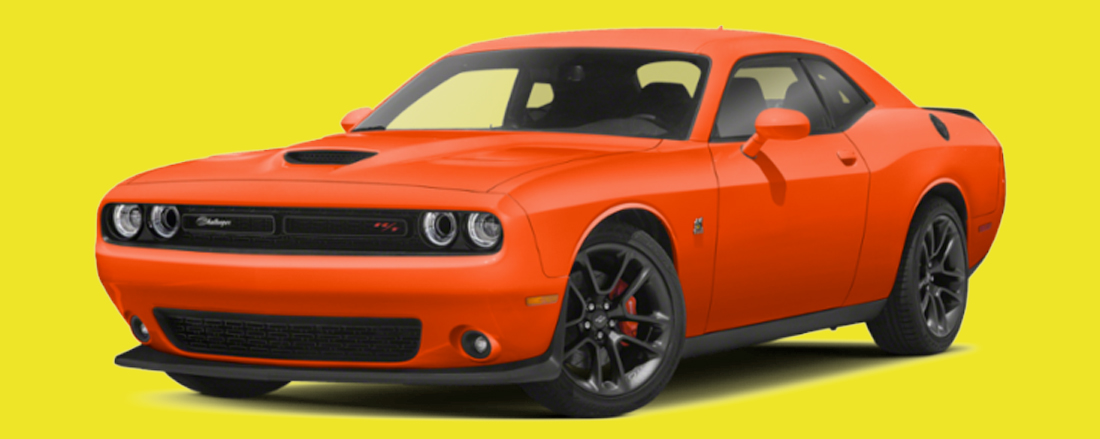Sales begin the long slide downward for the 3 top U.S. muscle cars.
New data illustrates a market segment’s move to EVs. With automakers shifting resources to electric vehicle technology as competition explodes, led by the enormous success of the Tesla brand.
We all know the days of Detroit’s muscle car production are numbered and a new generation of powerful EVs — with all the power and performance of their internal combustion ancestors — will rule the road.
But damn, that means the end of the classic Mustang (Ford’s only non-truck production vehicle), the Challenger and the Camaro. as we know them. The muscle cars we’ve known and loved dearly, with their big block engines, their thirst for gasoline, oil — and parts — will soon be gone. Sales Q1 2021 vs Q1 2022 saw a decline for all three muscle car icons.
This data table looks at quarterly sales performance for the muscle car segment in the United States. It includes all major muscle car models sold in the U.S market. We compare last quarter’s muscle car U.S sales at the model level with the same muscle car model sales quarter last year. We also include a growth rate too so you can see which muscle car models are growing and which ones are declining.
| Model | Q1 2022 | Q1 2021 |
|---|---|---|
| Chevrolet Camaro | 6,710 | 7,088 |
| Dodge Challenger | 11,125 | 15,097 |
| Ford Mustang | 13,986 | 17,244 |
So what exactly is a Muscle Car?
while it’s debatable, experts seems to agree on a short list of requirements for the classic Muscle Car.
- A large V8 engine in the most powerful configuration offered for a particular model
- Rear-wheel drive
- Being manufactured in the United States in the 1960s or early 1970s (the specific year range of 1964–1973 is sometimes used)
- A relatively lightweight two-door body (though opinions vary as to whether high-performance full-size cars, compacts, and pony cars qualify as muscle cars, and why a 2-seat AMC AMX could be, but a 2-seat Chevrolet Corvette was not. It is sometimes claimed that only mid-size cars can be considered muscle cars.)
- An affordable price (in 1970) of around US$2,500 (equivalent to $17,444 in 2021)
- Focused on delivering performance on the street that could also be used for drag racing.
High-powered pony cars are sometimes considered muscle cars, however, personal luxury cars are often too expensive to be considered by some to be muscle cars. Sports cars are not considered muscle cars by some definitions. By some narrow definitions, muscle cars are an extension of the hot rodding philosophy of taking a small car and putting a large-displacement engine in it, for the purpose of increasing straight-line speed.
We’ll be sorry to see them go. And boy, could they go.














![– [ ] ☎️CALL NOW!! ????????
– [ ] (786)650-9456 #ydiaztowing
– [ ] ????Best Towing Service in Miami????
– [ ] .
– [ ] .
– [ ] .
…](https://www.miamicars.com/wp-content/uploads/2024/04/439959775_17873817738082011_761985533890474828_n-100x70.jpg)
![– [ ] ☎️CALL NOW!! ????????
– [ ] (786)650-9456 #ydiaztowing
– [ ] ????Best Towing Service in Miami????
– [ ] .
– [ ] .
– [ ] .
…](https://www.miamicars.com/wp-content/uploads/2024/04/438088377_17873817660082011_9182102583594666905_n-100x70.jpg)


![– [ ] ☎️CALL NOW!! ????????
– [ ] (786)650-9456 #ydiaztowing
– [ ] ????Best Towing Service in Miami????
– [ ] .
– [ ] .
– [ ] .
…](https://www.miamicars.com/wp-content/uploads/2024/04/439959775_17873817738082011_761985533890474828_n-324x160.jpg)